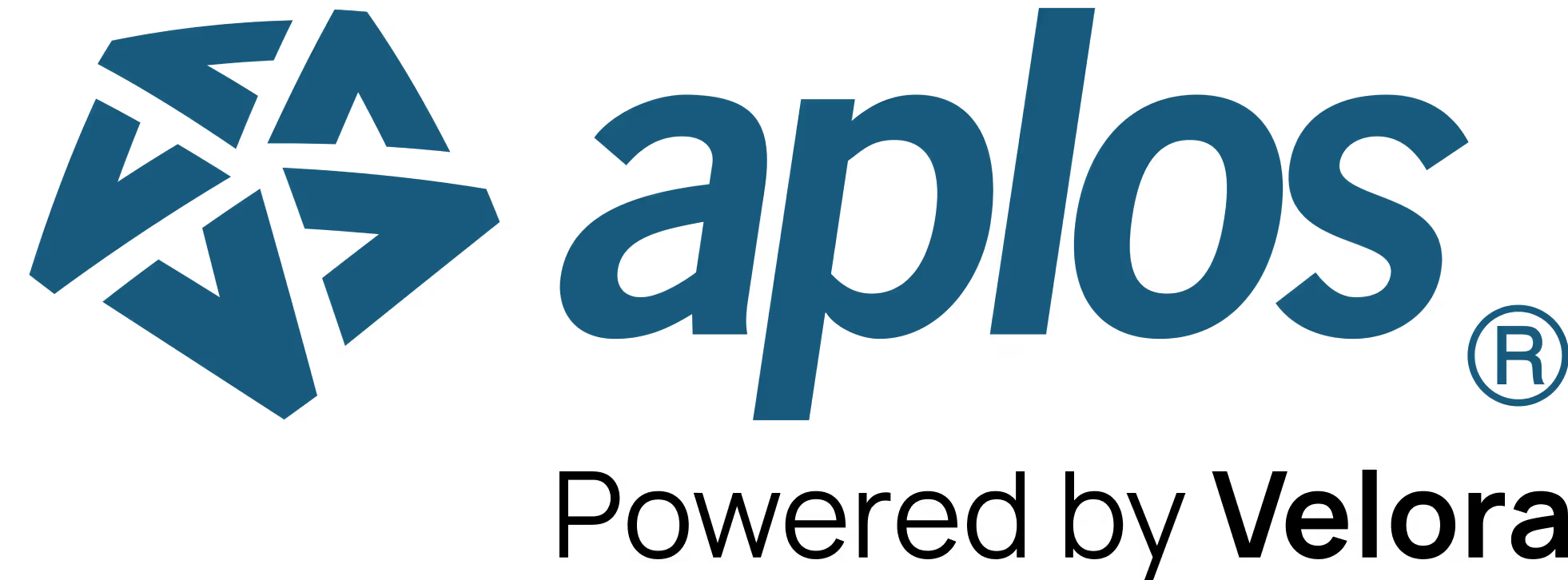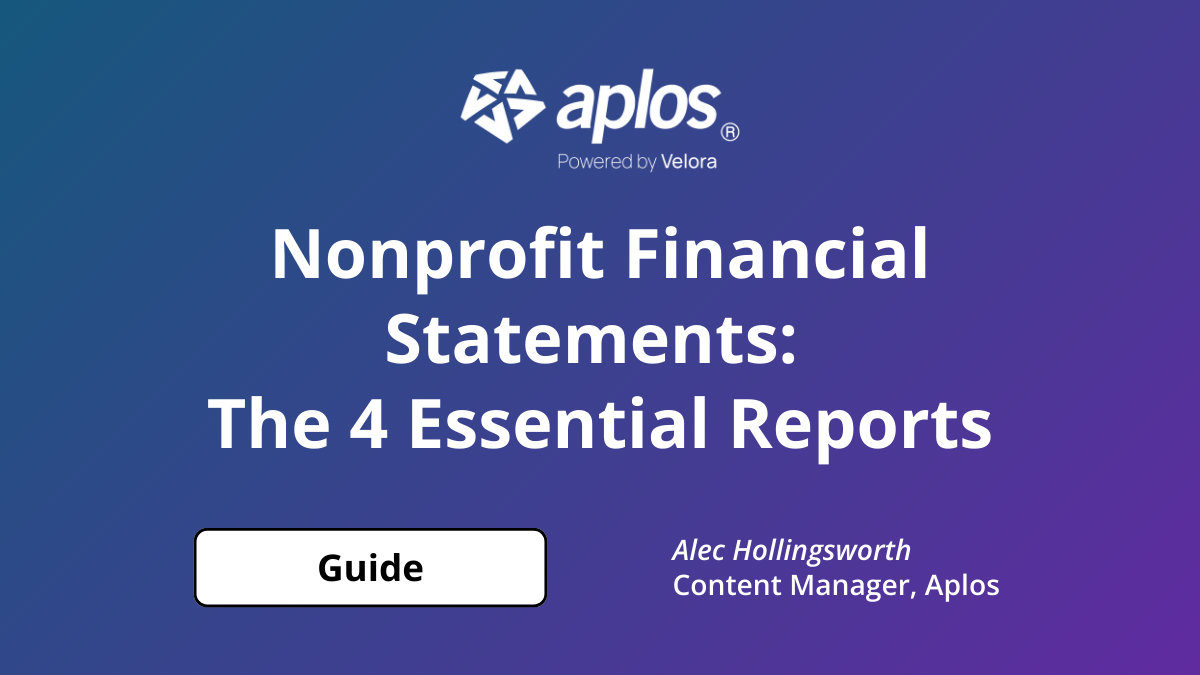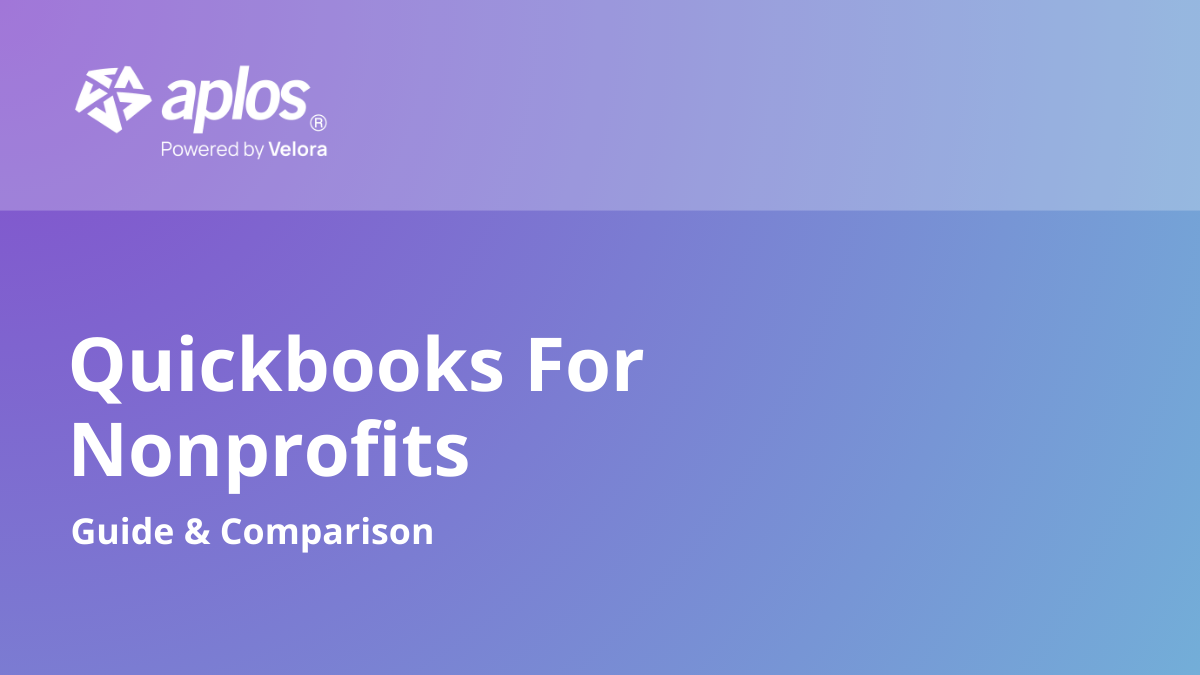
Nonprofit email marketing is a big facet of any successful organization, and is key when it comes to the strategy of nurturing potential donors. It allows you to educate, update, and stay in touch with people who may not be as familiar with your organization as you’d like. However, email marketing isn’t as effective if you don’t have a plan for what you want to achieve. You want to set goals and create a roadmap for success, and a great first step toward constructing that roadmap is to ask yourself several important questions.
Keep the answers to these questions in the back of your mind before you create your emails so you have a well-planned nonprofit email marketing strategy:
- Why are you sending this email?
- Who is the audience?
- What results are you looking for?
- How are you sending it?
- When are you sending it?
Why Are You Sending This Email?
This is a big question to always keep in mind. Before you send anything, you need to figure out why you are reaching out to these people in the first place. Even if it’s to ultimately gain more supporters for your nonprofit, you won’t be asking for donations in all your emails, or even in very many of them, so you want to figure out what the purpose of each email is in your series of marketing emails. Are you asking for feedback in how your nonprofit is run? Are you trying to increase potential donor engagement or provide a call to action? Or are you trying to educate or get more follows on social media?
Constant Contact has a great resource on different types of emails you may end up sending. For instance, putting on in-person events is impossible without volunteers, so you may send out a call on occasion for people to join an interest list in case they’d like to volunteer at one of your events. By including pictures of your events and your volunteers in action, your email may motivate people to help make your next event a smashing success.

Decide on your purpose so you can later figure out if what you were trying to accomplish with each email actually panned out. If it didn’t accomplish what you were trying to do, then you know you have room for improvement. This will also help you determine what you expect out of your engagement. Are you wanting them to click a button? Are you wanting them to reply to your email?
Who Is Your Intended Audience?
No matter how tempting it may be, it isn’t a good idea to send every email to every person on your contact list. It may cause people to unsubscribe because they don’t feel like they can connect with most of your content, or they may even feel like they’re being spammed. If you have donors who haven’t engaged with you in over a year lumped into a list of donors who are actively engaging and giving to your organization, how you formulate your messages to them could be substantially different. By creating specific buckets of your constituents so you can segment your communication by audience, you can increase engagement.

For example, you could try an email list based on the segments below:
- Donors
- Your long-term and most loyal donors
- Inactive donors (haven’t donated in the past year)
- Leads (someone who provided their email to view a resource on your website or follows you on social media)
- Attendees who were at your most recent event
- Active volunteers
- Inactive volunteers (haven’t volunteered in the past year)
- Media contacts
There’s nothing wrong with having overlap in more than one email list, and you don’t have to send emails to one list at a time. Some email software will let you send to more than one email list at a time while ensuring someone whose email is included in multiple lists doesn’t receive the email more than once.
What Results Are You Looking For?
It’s difficult to be successful with your email strategy if you don’t go in with a plan, but it’s hard to know whether it’s successful if you don’t have a way of measuring it. Applications like Campaign Monitor are great for building emails and measuring their performance. But when you’re looking at performance, how you measure success depends on what you’re hoping the audience will accomplish. Are you wanting to increase donations by 25%? To get 50 people to click the button in your email? To gain 100 new followers on social media? Or to just have them respond?

Once you establish your metrics for success, you can employ a strategy for your nonprofit email marketing to increase your success. For instance. if you notice that the open rate is low for your emails, it means your subject line isn’t enticing enough. You want subject lines to pop, while at the same time not create false expectations. For example, you don’t want your subject line to say, “Something big is happening!” if that’s not accurate. Misleading your people is not a great way to keep them around. If you notice people aren’t clicking the link in your email (also known as click-through rates), you have to ask whether the link is easy to identify or if it’s buried under too much copy.
How Are You Going to Send This Email?
We brought up Campaign Monitor, but other great services include Constant Contact, MailChimp, and even Aplos. (Email marketing is just one of many features bundled within our platform.) You can use these services to create and send beautifully branded marketing emails, either manually or automatically. They let you track the success of your marketing emails, and help you improve open rates and click-through rates. They also let you create specific email list groups as mentioned above. You can use Gmail to communicate with your donors, but using a separate software lets you email exponentially more potential donors in a fraction of the time.
When Are You Going to Send Your Communication?
An article by CoSchedule consolidated data from multiple email software platforms to back up certain best practices for when to send your marketing emails. For instance, MailerMailer found that 10am was a great time to send an email, since 11am had good open rates.

MailChimp also found high open rates on Thursdays, with a second peak on Tuesdays.

However, keep in mind that people might treat an email differently if they see that it was sent from a nonprofit, therefore affecting your open rate. It’s important for you to constantly test which time is best to send out email communications. You may very well find people are only focused on work-related emails in the morning and that it’s best you send your emails in the evening when your recipients are relaxing at home. You’ll want to be mindful of which times you might find your audience most engaged and continue to recalibrate with new data.
Final Thoughts on Nonprofit Email Marketing Strategy
Not many people got into working for nonprofits in order to participate in email marketing, but that doesn’t make it any less necessary. There also isn’t a perfect way to execute nonprofit email marketing. But there is certainly a list of steps you want to take before you get started. This will ensure that your efforts are validated and your time is well spent. As a nonprofit, time is not something you want to waste when you have a mission to accomplish. You want to make sure you use your time to create effective content. If you are in need of nonprofit email marketing software, check out Aplos Donor Management. You can create and send one-off emails, as well as create automated emails to trigger when a donor or constituent performs a specific behavior.

Our comprehensive closeout services start at $399 per month that needs to be reconciled. Sign up before Jan 1st and pay just $199.50 per month!
Copyright © 2025 Aplos Software, LLC. All rights reserved.
Aplos partners with Stripe Payments Company for money transmission services and account services with funds held at Fifth Third Bank N.A., Member FDIC.
Copyright © 2024 Aplos Software, LLC. All rights reserved.
Aplos partners with Stripe Payments Company for money transmission services and account services with funds held at Fifth Third Bank N.A., Member FDIC.



.png)



